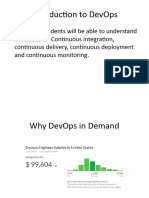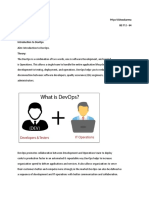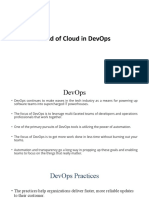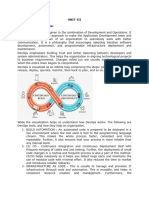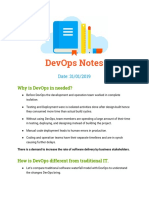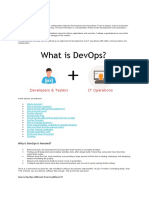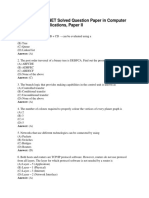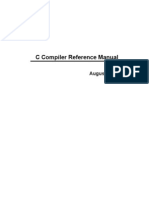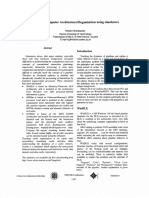0% found this document useful (0 votes)
7 views62 pagesDev Ops
DevOps integrates development and operations to enhance software delivery speed, efficiency, and security, fostering collaboration between teams. Key practices include continuous integration, continuous delivery, and infrastructure as code, which streamline processes and improve reliability. Docker is a crucial tool in this ecosystem, enabling the creation, deployment, and management of applications in lightweight containers.
Uploaded by
codingexpress2025Copyright
© © All Rights Reserved
We take content rights seriously. If you suspect this is your content, claim it here.
Available Formats
Download as PPTX, PDF, TXT or read online on Scribd
0% found this document useful (0 votes)
7 views62 pagesDev Ops
DevOps integrates development and operations to enhance software delivery speed, efficiency, and security, fostering collaboration between teams. Key practices include continuous integration, continuous delivery, and infrastructure as code, which streamline processes and improve reliability. Docker is a crucial tool in this ecosystem, enabling the creation, deployment, and management of applications in lightweight containers.
Uploaded by
codingexpress2025Copyright
© © All Rights Reserved
We take content rights seriously. If you suspect this is your content, claim it here.
Available Formats
Download as PPTX, PDF, TXT or read online on Scribd
/ 62







